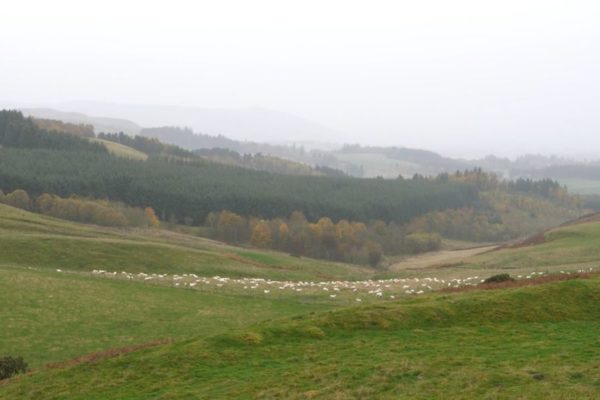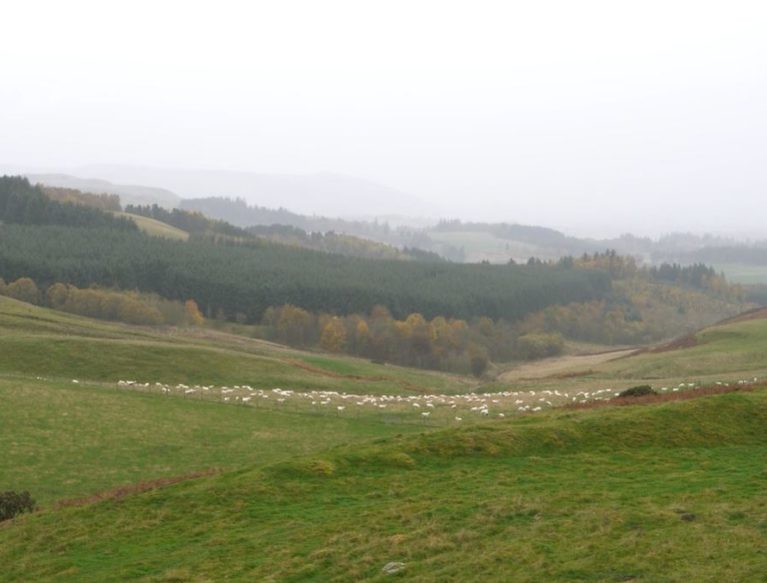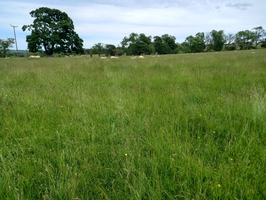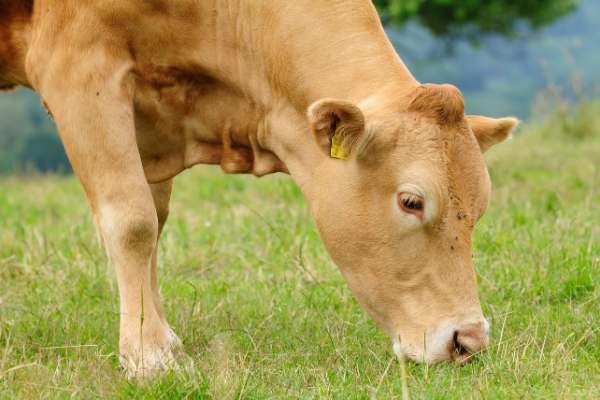Grazing [BE.FF.GR]
New Entrants – Getting Started with Rotational Grazing
Rotational grazing increases the grass ultilisation on farm and leads to greater production of meat, milk, and wool per hectare, while also reducing feed and fertiliser requirements. In this video…
Read More >Graze Debate 2022 – Edinvale Farm
Meet at Edinvale Farm to hear from Jock on his bid produce beef cost-effectively whilst maintaining biodiversity and improving soil health
Read More >Reduce Risk Of Scald In Lambs This Season
Scald is caused by bacteria (Dichelobacter nodosus) in the grass and leads to damage to the soft tissue between the toes of lambs. It can lead to footrot if it…
Read More >Magnesium Supplementation of Suckler Cows – Are You Covered?
As turnout approaches, now is a good time to reassess your mineral supplementation strategy for grass staggers prevention in the suckler herd (also known as hypomagnesaemia or grass tetany). Whilst access to spring grass is one of the key risk factors for lactating cows, with the high passage rate of lush, wet grass through the digestive tract reducing magnesium absorption, there are several other factors to consider.
Read More >





